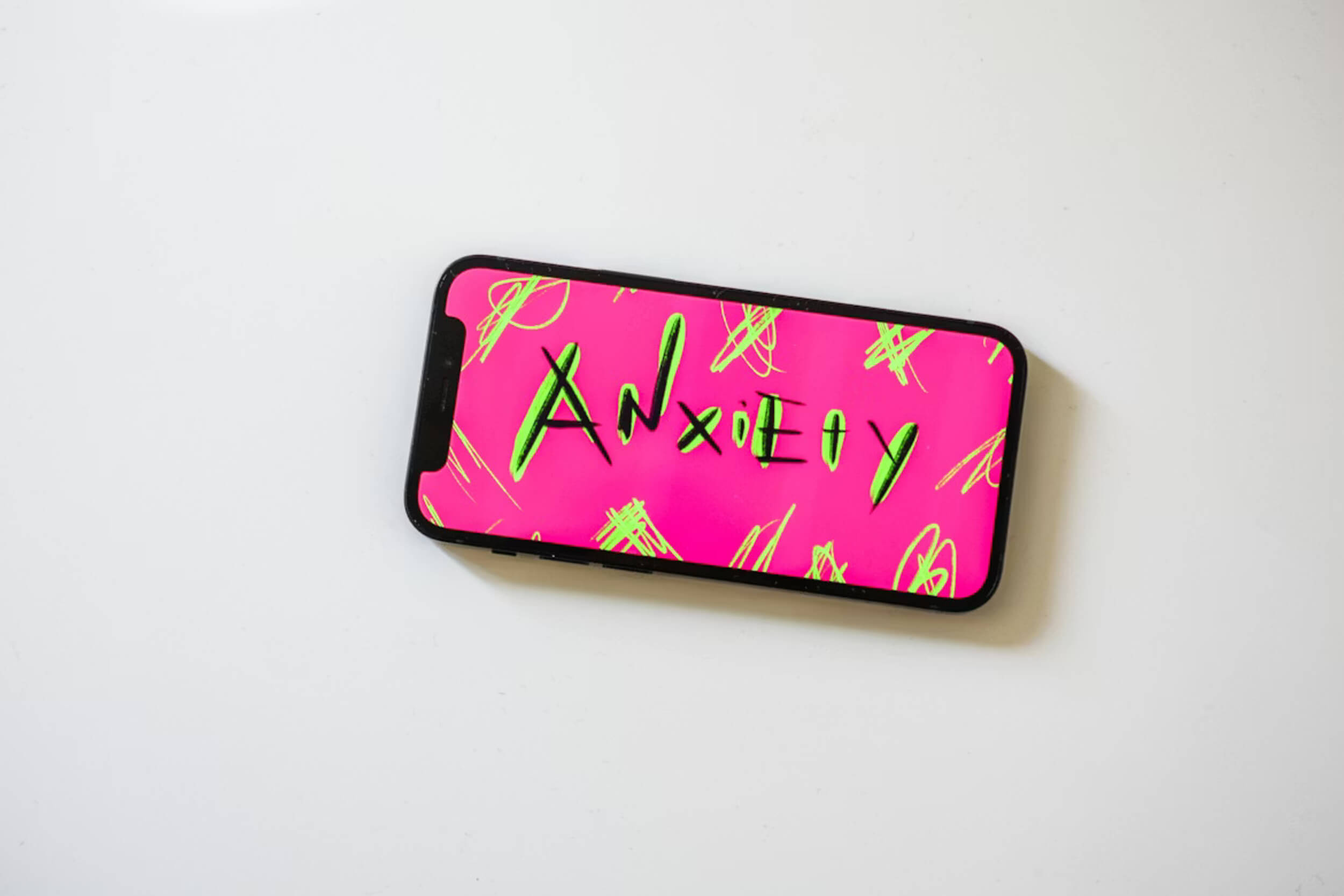Ever thought about investing but felt like you don’t have enough money? The truth is, you don’t need thousands of dollars to start investing. With today’s tools and platforms, you can begin with just a few bucks—sometimes even spare change.
Starting early is what really matters. Small amounts add up over time, thanks to something called compound interest. It’s like your money making its own money, and the earlier you start, the bigger the potential gains.
So, how do you start investing when your budget is tight? It’s easier than you think. This guide breaks it down into five simple steps, from figuring out how much you can invest to choosing the right strategy. No confusing terms, no complicated steps—just a clear path to help you grow your money over time. Let’s get started!
Understanding the Basics of Investing
How does investing actually work? You’ve probably heard people say investing is how you grow wealth, but what does that really mean? It’s simple—investing is putting your money into something that has the potential to grow over time. Unlike saving, where money just sits in a bank, investing lets your money work for you.
How Investing Works
When you start investing, you’re buying assets—things like stocks, bonds, and funds—that can increase in value. Stocks give you ownership in a company, bonds are like lending money to a company or government, and funds are a mix of different investments bundled together.
The big difference between investing and saving? Risk and reward. A savings account is safe, but it won’t grow much. Investing carries some risk, but it also gives you a shot at bigger returns. Over time, even small investments can add up if you’re patient.
Why You Can Start Investing With Little Money
Think you need thousands of dollars to invest? Not anymore. Thanks to new technology, even a few dollars can get you started. Here’s how:
- Fractional Shares & Micro-Investing – Many apps let you buy tiny pieces of expensive stocks. That means you can invest in companies like Apple or Google without needing hundreds of dollars.
- Low-Cost Funds – Exchange-traded funds (ETFs) and index funds spread your money across many stocks, reducing risk. These are great for beginners because they don’t require a big investment.
- No Commissions & Low Fees – Older brokerage firms used to charge fees just to make a trade. Today, many platforms let you invest for free, making it easier than ever to start.
Starting small is better than not starting at all. The sooner you start investing, the more time your money has to grow.
Step 1: Assess Your Financial Situation
How do you start investing if you’re barely making ends meet? The good news is, you don’t need a lot of money to get started—you just need a plan. Before you start investing, it’s important to take a close look at your finances. You want to make sure you’re setting aside money that won’t put you in a tough spot later.
Determine Your Budget for Investing
The first step is figuring out how much you can afford to invest each month. Take a quick look at your income, bills, and any debt payments you have. Write down how much money comes in and how much goes out. This helps you see what’s left over.
If your budget is tight, don’t worry. Even $10 or $20 a month is a great starting point. It may not sound like much, but over time, those small amounts add up. The key is to be consistent. Set aside an amount that won’t stress your budget, even if it’s just the cost of a few cups of coffee.
Some people like to cut small, unnecessary expenses to free up extra money. But don’t overdo it—investing should fit into your life, not make it harder.
Set Clear Financial Goals
Why are you investing? Knowing your goal makes it easier to stay on track.
- If you’re saving for retirement, you’ll want long-term investments that can grow over time.
- If you’re trying to build wealth, you might choose stocks and funds that offer higher returns.
- If you need the money in a few years, safer investments like bonds or high-yield savings accounts might be better.
Each goal has a different strategy, so think about what’s most important to you. The sooner you start investing, the more time your money has to grow. Even if your budget is small now, starting today puts you ahead of those who wait.
Step 2: Learn About Investment Options
What’s the best way to start investing if you don’t know anything about it? The first step is understanding what you’re investing in. There are different ways to grow your money, and knowing how each one works will help you choose the right path.
Stocks, Bonds, and Funds
Most people start investing in one of three things: stocks, bonds, or funds.
- Stocks – When you buy a stock, you own a small piece of a company. If the company grows, so does your money. But stocks can go up and down, so they come with some risk.
- Bonds – A bond is like lending money to a company or government. In return, they agree to pay you back with interest. Bonds are safer than stocks but usually grow slower.
- Funds – If you don’t want to pick individual stocks or bonds, you can invest in funds. Index funds and ETFs (exchange-traded funds) are groups of investments bundled together, making them a simple, low-risk way to start investing.
Risk and Reward
Not all investments are the same—some are low-risk but grow slowly, while others are high-risk but can grow fast.
- If you want stability, bonds and diversified funds are safer choices.
- If you want bigger growth, stocks have more potential, but they can also drop in value.
- If you’re investing for the long term, you can afford to take more risks because there’s time to recover from market drops.
Beginner-Friendly Investment Apps
Starting is easier than ever with apps that let you invest with just a few dollars. Some of the best beginner-friendly platforms include:
- Robinhood – No commissions, easy to use, and great for buying fractional shares.
- M1 Finance – Lets you set up automated investing with customizable portfolios.
- Acorns – Rounds up your everyday purchases and invests the spare change for you.
These platforms make it easy to start investing with little money, so you can build wealth step by step.
Step 3: Open the Right Investment Account
Where do you put your money when you start investing? You can’t just hand cash to a company and hope for the best. You need the right type of investment account. The account you choose depends on your goals and how soon you’ll need the money.
Retirement vs. Non-Retirement Accounts
If you’re investing for the future, a retirement account is one of the best options:
- 401(k): Offered by many employers, this account lets you invest part of your paycheck before taxes are taken out. If your employer offers a match, take it—it’s free money.
- IRA (Individual Retirement Account): Great if you don’t have a 401(k) or want extra savings. Roth IRAs let your money grow tax-free, while traditional IRAs let you lower your taxable income now.
If you want more flexibility, go for a taxable brokerage account. Unlike retirement accounts, there are no limits on how much you can invest, and you can withdraw your money anytime without penalties. This is a good choice for short-term goals or extra investing beyond retirement savings.
Choosing a Low-Cost Broker
Not all brokers are the same. If you’re just getting started, look for:
- No commissions: Many online brokers let you buy and sell stocks for free.
- Low fees: Some charge account maintenance fees, so check before you sign up.
- Fractional shares: This lets you invest in expensive stocks (like Amazon or Tesla) with as little as a few dollars.
Popular options for beginners include Robinhood, M1 Finance, and Fidelity, which offer easy-to-use platforms with low or no fees.
Setting Up and Funding Your Account
Opening an investment account is fast and simple—you can sign up online in minutes. Once your account is ready, you can:
- Link your bank account to transfer money.
- Set up auto-deposits to invest consistently, even if it’s just $10 or $20 a month.
The sooner you start investing, the sooner your money starts growing!
Step 4: Create a Simple Investment Strategy
How do you make sure you’re investing the right way? Many beginners worry about picking the “perfect” investment or timing the market just right. The truth is, you don’t have to be an expert to start investing. The best strategy is to keep it simple, spread out your risk, and be consistent.
Start with Diversified Investments
One of the biggest mistakes beginners make is putting all their money into one stock. If that stock does well, great—but if it drops, so does all your money. A smarter way to start investing is by spreading your money across many different stocks.
- ETFs (Exchange-Traded Funds) and Index Funds are great beginner-friendly options. These funds let you invest in hundreds of stocks at once, reducing risk.
- Diversification = Safety. Instead of relying on a single company, you own small pieces of many companies, which helps protect your money from big losses.
Use Dollar-Cost Averaging
Instead of stressing over when to buy stocks, dollar-cost averaging takes the guesswork out of investing. Here’s how it works:
- You invest a set amount of money on a regular schedule (like $20 every week or $100 every month).
- You buy when prices are high, and when prices are low. Over time, this averages out your cost and reduces the risk of buying at the wrong time.
This method works well for beginners because it keeps you from making emotional decisions. You’re not trying to predict the market—you’re just investing consistently.
Adjusting Your Strategy as You Grow
As you get more comfortable and your budget increases, you can explore more options:
- Reinvest dividends: Some investments pay you money (dividends), which you can reinvest to grow your account faster.
- Increase contributions: If you start with $10 a week, try bumping it up to $20 when you can. Small increases make a big difference over time.
The key to success? Start investing, keep it simple, and stay consistent.
Step 5: Monitor and Adjust Your Investments
What happens after you start investing? Many beginners think investing is a “set it and forget it” process, but that’s not entirely true. While you don’t need to check your account every day, keeping an eye on your investments and making small adjustments over time is key to long-term success.
Tracking Your Portfolio
It’s normal for investments to go up and down, but checking your account once in a while helps you stay on track. Most investing apps offer tracking tools, so you can see how your money is growing without needing a financial degree.
- Don’t panic over daily market swings. Stocks will go up and down, but the long-term trend is what really matters.
- Review your investments monthly or quarterly. This helps you make sure you’re still on track with your goals.
Rebalancing Your Portfolio
Over time, some of your investments will grow faster than others. If one stock or fund takes up too much of your portfolio, it can throw off your balance. Rebalancing means adjusting your investments to keep everything in line with your original plan.
- If one investment grows too much, consider selling a little and putting that money into something else.
- Avoid emotional decisions. It’s easy to get caught up in market trends, but sticking to your plan is usually the smartest move.
Learning and Staying Informed
The best investors keep learning. You don’t need to become an expert overnight, but staying updated can help you make smarter decisions.
- Follow financial news and blogs that break things down in a simple way.
- Stick to trusted sources instead of random social media advice.
The more you understand about investing, the more confident you’ll be in managing your money. Start investing, stay consistent, and make small adjustments along the way. That’s how you build wealth over time.
Final Thoughts on Getting Started with Investing
Think investing is only for the wealthy? It’s not. Starting with just a few dollars is not only possible—it’s a smart move. The key is to begin where you are, stay consistent, and give your money time to grow.
The most important part of investing isn’t how much you start with, but the habit of doing it regularly. Small contributions add up over time, and with the right approach, they can turn into something much bigger. Understanding your financial situation, choosing the right investments, and keeping an eye on your portfolio will help you stay on track.
There’s no perfect time to begin, and waiting won’t make it easier. What matters is getting started. Investing isn’t about quick wins—it’s about patience, discipline, and long-term growth. The sooner you take that first step, the more time your money has to work for you. Start investing today, and let time do the rest.















